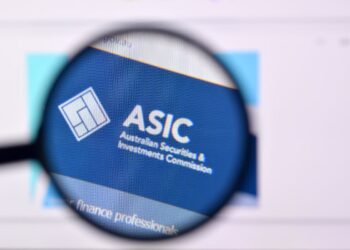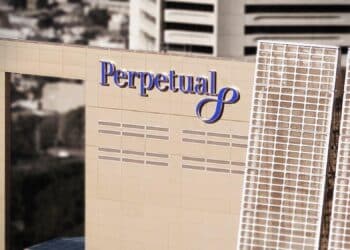Professional Investment Services had a rough ride throughout the global financial crisis. Lucinda Beaman spoke with chief executive Robbie Bennetts about the company’s future.
The global financial crisis seriously undermined the profitability of the Australian financial planning industry, and many feared at least one of the larger advice groups would collapse. Some thought Professional Investment Services (PIS), without an institutional parent to act as a safety net, could have been that group.
PIS chief executive Robbie Bennetts has acknowledged that cash flow was an issue that was watched carefully in 2009, and the group’s results for the 2008-09 financial year paint a gloomy picture. But Bennetts argued the group has emerged in 2010 in one piece and is reaping significant investment inflows.
Loved by some and treated with caution by others, PIS is undoubtedly one of the most talked-about companies in financial services. This is due in part to its size and relative independence from financial institutions; although the group has also suffered reputational issues following widely publicised exposures to investment collapses.
The group’s recent venture into property investments proved to be less than successful, and yet wasn’t widely publicised. This might be due to the group choosing to repay investors who had been advised to enter the property investment by the group’s planners.
With the investment failing to perform, Bennetts said the dealer group made the choice to transfer the financial risk from the investors to the company.
The dealer group paid $26 million to acquire its investors’ units in the fund. Bennetts said clients received 80 cents in the dollar as well as having received income distributions during the life of the product.
A PIS wholly-owned subsidiary, Parramatta Site Developments, paid an additional amount to acquire the shopping centre in Sydney’s western business district, Parramatta, in September 2008. That asset is now sitting on PIS’ books awaiting redevelopment or a sale.
Despite setbacks such as these, PIS said it still attracts investors from across the country.
The group is now a focus of attention for other acquisitive groups, with three institutions said to be undertaking due diligence on the PIS business. Some might be assessing the group with a view to full ownership.
It is clear Bennetts would prefer to retain control of the group by eking out parcels of equity. Equity injections would be of particular assistance to appease departing adviser-shareholders.
One of the groups with an eye on PIS is National Australia Bank (NAB). There are tensions, however, between some PIS advisers and a potential MLC parent. Some are concerned by MLC’s no-commission policy.
PIS has prepared for a removal of commissions through the introduction of its AccountPay system, but Bennetts argued the commission payment structure continues to make sense for some products and clients — particularly those with small investable amounts.
The group has often been publicly criticised for its support of high-commission-paying products, such as Westpoint and agribusiness investments, but Bennetts and PIS managing director Grahame Evans have maintained that these accounted for a relatively small percentage of the group’s investment allocations.
Bennetts pointed to an average upfront commission across its business of 1.25 per cent.
There are also concerns among some PIS planners that under NAB ownership they would be required to toe the line in regards to product placement.
This could certainly create tension within a group of advisers accustomed to a broad approved product list (APL). The group’s APL has been cut from 1,300 products to about 530 since 2006.
In the 12 months to June 2009, 64 per cent of product placement by NAB/MLC planners went into the same group’s funds management products (Roy Morgan Superannuation and Wealth Management in Australia Report 2009).
PIS took a substantial profit hit in the 2008-09 financial year, posting a loss of $22 million. This came on the back of a $3.9 million loss the previous year.
The group is now looking to create alternative sources of revenue to supplement its traditional income streams. In particular, PIS is trying to negotiate a joint venture arrangement that would allow the dealer group to share in profit margins created on loans.
Bennetts said PIS’ loan book totals $4.25 billion. The group wrote $900 million in new loans in the financial year ending June 30, 2009, on which its subsidiary company, Australian Loan Company, made a profit of about $100,000.
By comparison, Bennetts said, taking a 1.25 per cent margin on the total loan book would deliver $50 million to the group’s bottom line.
The group has written $528 million in loans in the first six months of the current financial year, Bennetts said, and had recorded average weekly inflows of $45 million into investment products (excluding cash management trusts and bank deposits) since October 2008.
Bennetts said he was obviously disappointed about recent results posted by the group, but said that based on the turnaround in investment flows over the past six months, he was comfortable with the group’s future profitability.





